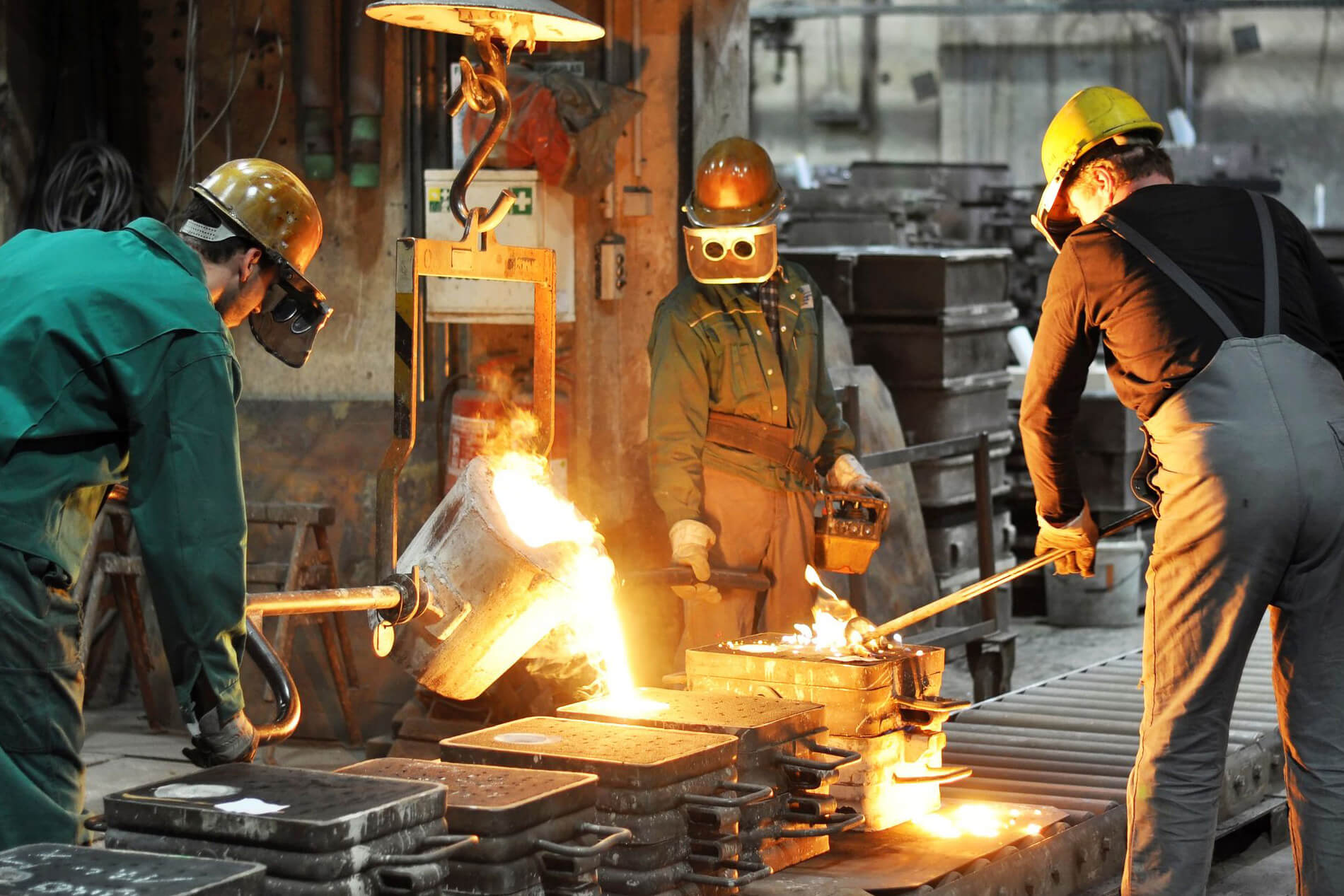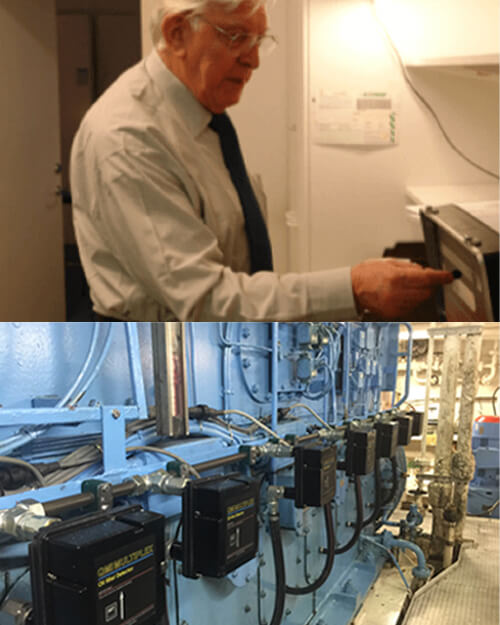
Back in the 1980s, it was recognised that dangerous incidences – and even explosions – were occurring in marine vessels due to the high incidences of oil mist forming adjacent to hot surfaces, as would be found in an engine room or machinery space. At the time, the IMO, together with other Classification Societies, became concerned about the number of fires that were starting in these spaces, most notably not only inside the crankcase of a diesel engine but also around exhaust pipes; turbochargers and other machine room equipment.
In further investigations it was determined that these fire incidences were most commonly occurring due to a loose or incorrectly fitted pipe fittings, broken welds, leaking injectors, fractured flexible hoses or poor machinery maintenance. As a remedy to identifying these potential fire hazards before they occurred, QMI helped develop a process using ‘light-scatter’ (scientifically known as Nephelometry) as a method of measurement of oil mist in a confined space.
As this process (almost) instantaneously provides an alarm should a dangerous build-up of oil mist occur, this method of measurement has now become the principal approach to Oil Mist Detection.


Our company founder, Brian Smith, helped to develop this system to protect these large diesel engines, and the company he founded, Quality Monitoring Instruments Ltd (QMI) is still in operation today and still a family-run business at the forefront of engine and machinery space fire protection.
QMI offers Oil Mist Detection Systems for engine crankcases and machine room atmospheres with two different Monitors and two different Detectors. The 12-Channel MULTIPLEX Oil Mist Monitor with Engine Detectors was launched in 1984, with the Atmospheric Oil Mist Sensor just five years later in 1989 followed by the 3-Channel TRIPLEX Monitor in 2001.
While the equipment was originally created for the marine industry, our systems can be used in land-based facilities such as unmanned test cells, hydraulic pump rooms or other high-risk environments. They can also be used in any other non-hazardous environment that has the potential exposure to Oil Mist.
The internal components and software of the Monitors have been updated many times over the years to reflect technological advancements, and while the external appearance of the Monitor has remained unchanged, its operation has proven to be extremely robust and reliable. A benefit of this design approach is that existing customers can upgrade to the latest specifications without having to invest in a new system.

QMI take pride that the concept that we pioneered nearly four decades ago is principally unchanged, and has been adopted by the wider global industry for measuring Oil Mist.
All QMI products and components are manufactured in the UK according to ISO standards and have been type-approved by Lloyds Register and the American Bureau of Shipping for many decades.
If you would like further information about QMI or our products, please Contact Us.


